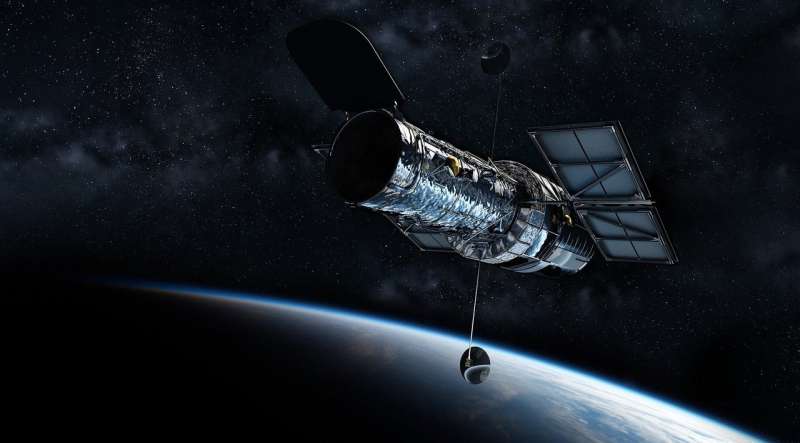This contract extension covers the work necessary for STScI to continue to support the Hubble science program. This support includes the products and services required to execute science system engineering; science ground system development; science operations; management of science research awards and public outreach support; and data archive support for mission data in the Mikulski Archive for Space Telescopes.
Currently, the spacecraft team at NASA's Goddard Space Flight Center in Greenbelt, Maryland, is investigating an issue involving missed synchronization messages that caused Hubble to suspend science observations Oct. 25. One of the instruments, the Advanced Camera for Surveys, resumed science observations Nov. 7, and continues to function as expected. All other instruments remain in safe mode.
During the week of Nov. 8, the Hubble team identified near-term changes that could be made to how the instruments monitor and respond to missed synchronization messages, as well as to how the payload computer monitors the instruments. This would allow science operations to continue even if several missed messages occur. The team has also continued analyzing the instrument flight software to verify that all possible solutions would be safe for the instruments.
In the next week, the team will begin to determine the order to recover the remaining instruments. The team expects it will take several weeks to complete the changes for the first instrument.
"Mission specialists are working hard to figure out how to bring the other instruments back to full operation," Zurbuchen said. "We expect the spacecraft to have many more years of science ahead, and to work in tandem with the James Webb Space Telescope, launching later this year."
Webb, a collaboration between NASA, ESA, and the Canadian Space Agency, will follow up on many of the discoveries that Hubble has made and view them in a different way. While Hubble observes visible wavelengths of light with extensions into ultraviolet and near-infrared, Webb will view the cosmos in the infrared part of the spectrum. Observations from both telescopes will paint a fuller picture of exotic, far away objects, such as feeding black holes, as well as objects in our own solar system. By looking at exoplanets that may harbor habitable environments, for example, the telescopes can get us closer to answering the tantalizing question: Are we alone in the universe?
Webb is expected to launch Dec. 18 from French Guiana.
Explore further



